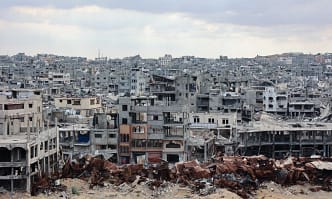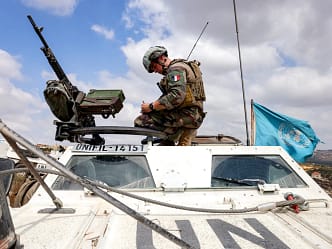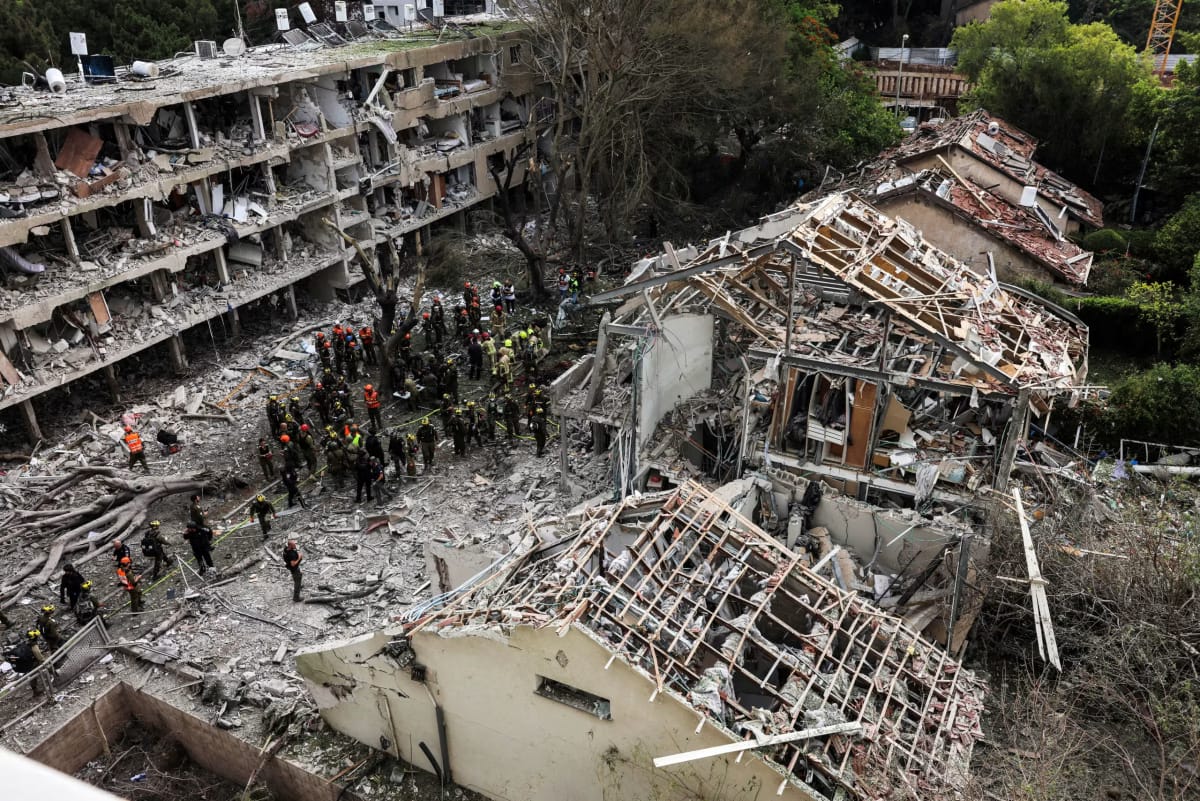The scale of destruction in Gaza City has come into sharp focus following the partial withdrawal of Israeli troops, with journalists and humanitarian agencies describing the area as resembling a “scene of apocalypse.”
According to a report by the Middle East Monitor, entire neighbourhoods have been flattened, with residential towers reduced to rubble, streets impassable, and key infrastructure such as hospitals, water systems, and schools either destroyed or severely damaged.
Residents who had fled earlier bombardments have begun cautiously returning to the ruins of their homes, sifting through debris in search of personal belongings or missing relatives.
Many said they were shocked by the sheer scale of devastation left behind after months of Israeli air and ground operations.
“I don’t recognise my street anymore,” said Ahmed Suleiman, a 42-year-old teacher from Gaza’s Rimal district. “What used to be a vibrant neighbourhood is now just concrete dust and silence.”
Local authorities in Gaza estimate that over 60% of the city’s buildings have been damaged or destroyed, with thousands of families displaced and facing critical shortages of food, clean water, and electricity.
The United Nations Relief and Works Agency (UNRWA) described the conditions as “beyond humanitarian capacity,” warning that disease outbreaks and hunger are imminent unless unrestricted aid access is granted immediately.
“The scale of urban destruction is staggering—comparable to the aftermath of major world wars,” said Philippe Lazzarini, UNRWA Commissioner-General. “Civilians have borne the full weight of this conflict.”

Israel has defended its operations, insisting that militant infrastructure was deeply embedded within Gaza’s civilian areas. The Israel Defence Forces (IDF) said its withdrawal was part of a “tactical repositioning” to allow for humanitarian corridors while continuing targeted operations against Hamas.
However, Palestinian officials and international rights groups have accused Israel of employing disproportionate force, saying the destruction goes far beyond military necessity.
“Entire residential districts were obliterated with families inside,” said Dr Samira Khalil, a representative of the Palestinian Red Crescent. “This cannot be justified as self-defence.”
Satellite imagery released by independent analysts corroborates reports of large-scale destruction, showing vast swathes of Gaza City—including Al-Shati Camp, Tal al-Hawa, and parts of Al-Rimal—razed to the ground.
Western diplomats who recently toured northern Gaza described the scenes as “utterly devastating,” with one European official telling reporters, “The international community must not look away from this level of human suffering.”
Efforts to restore basic services have been hampered by the continued blockade and fuel shortages, leaving hospitals unable to operate at full capacity and sanitation systems on the verge of collapse.
Despite the withdrawal, sporadic Israeli drone and artillery strikes have continued around Gaza City’s outskirts, fuelling fears among residents that fighting could resume at any time.
Humanitarian agencies are now urging a permanent ceasefire and reconstruction plan, warning that without international coordination, Gaza risks descending into an uninhabitable wasteland.


 Trending
Trending 











